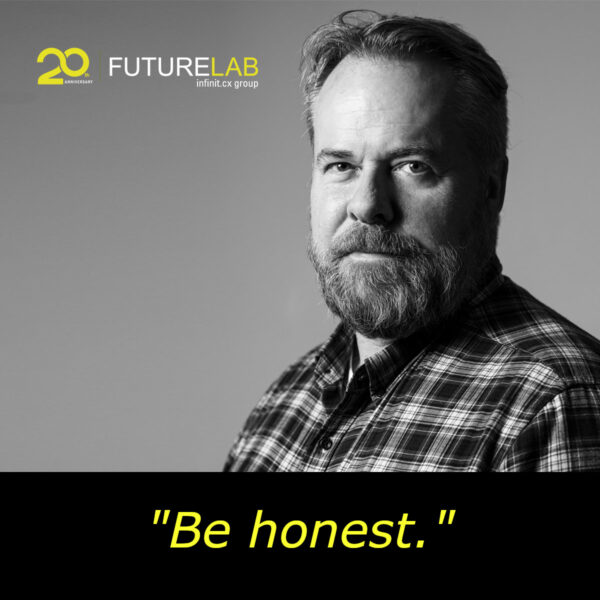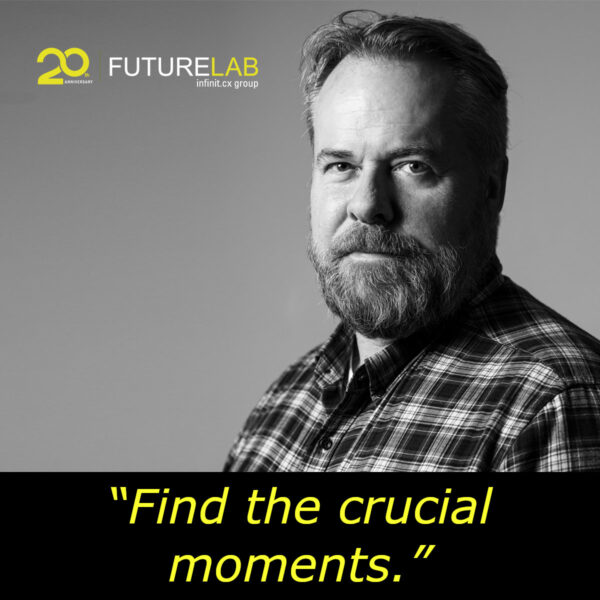by: Matt Rhodes
An article in the current edition of the McKinsey Quarterly looks at Open Innovation, the way that some companies conduct their innovation externally, rather than it being a proprietary and internal process.
- A move to get suppliers and partners to do much of the innovation for a firm. Getting them to help cocreate products down the supply chain. This has the benefit that products are developed that a firm can easily produce and you bring your suppliers and partners into a closer and more permanent relationship.
- A trend in customer-innovation. Getting customers to help cocreate products. Working with each other, or with a mix of experts and employees to develop new products, services, processes or marketing. This trend is being witnessed more and more, and not just in the FMCG firms where this kind of innovation has been common for some time.
The McKinsey article talks a lot about this second kind of innovation, highlighting how companies are using customers either as an addition to or an integral part of the firm’s business model (citing LEGO as an example of the former and Threadless of the latter)
Increasing numbers of organizations are now taking that approach: distributed cocreation, to use its technical name. LEGO, for instance, famously invited customers to suggest new models interactively and then financially rewarded the people whose ideas proved marketable. The shirt retailer Threadless sells merchandise online-and now in a physical store, in Chicago-that is designed interactively with the company’s customer base.
I see a much broader range of firms engaging in customer innovation, often trying things at a small level or in a certain area first. We’re working with a large telecommunications firm at the moment, for example, getting customers to help innovate in a particular product area. Seeking their input to product design and positioning and also helping them to differentiate their offering from those of their competitors.
These developments are possible mainly because of the growth of community behaviours online. The McKinsey report shows that around 25% of Europe’s internet users now post comments online. This is a significant proportion, and shows that people want to discuss and be involved online. Another strong indicator of this activity is that whilst traditional sites are seeing growth in number of visitors of 20%-30% each year, growth on sites with UGC are growing at more than 100% each year.
People are more willing to share their thoughts and opinions online. Companies can really take advantage of this by putting all of this activity to good use. Taking the growing number of people who contribute online and using their enthusiasm and ideas to help brands with their own innovation.
The greatest brains don’t work for your company. The are online though and may be willing to talk to you and talk about you. Putting this to use can be a force-multiplier for your innovation. And that’s where online communities can help.
Original Post: http://blog.freshnetworks.com/2008/07/customer-inventors-the-next-step-in-open-innovation/




